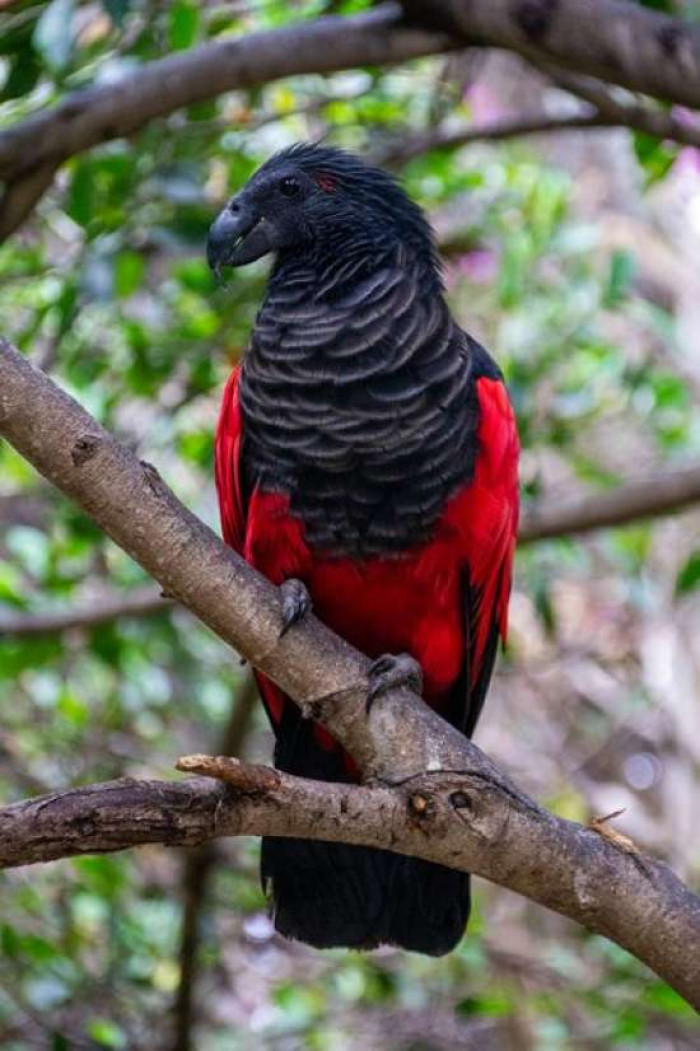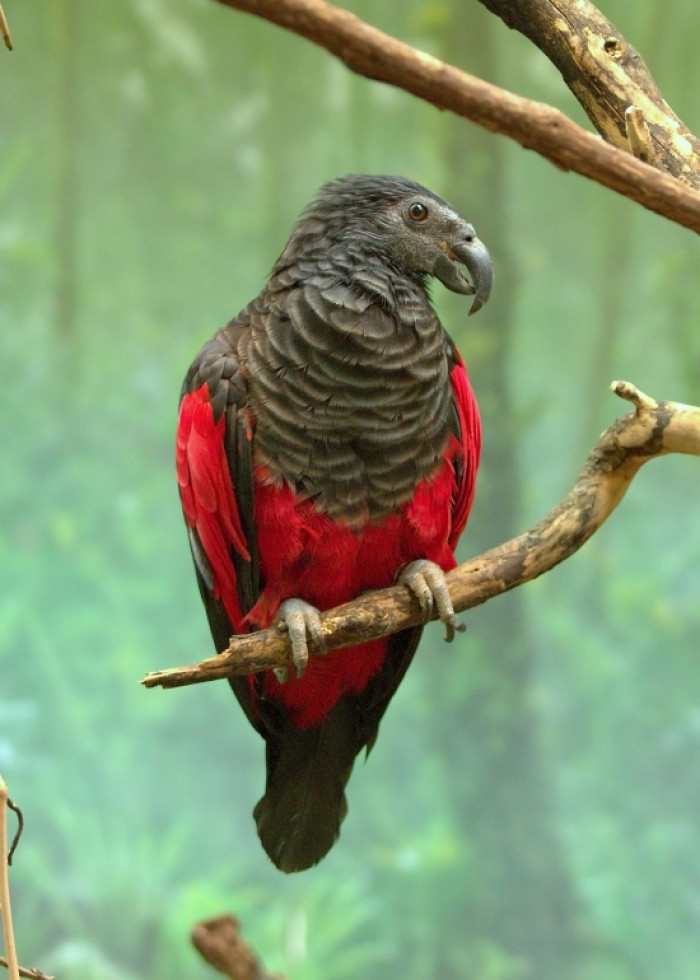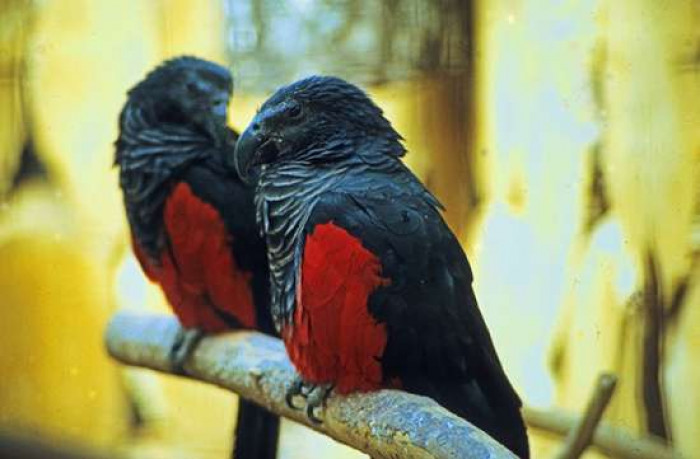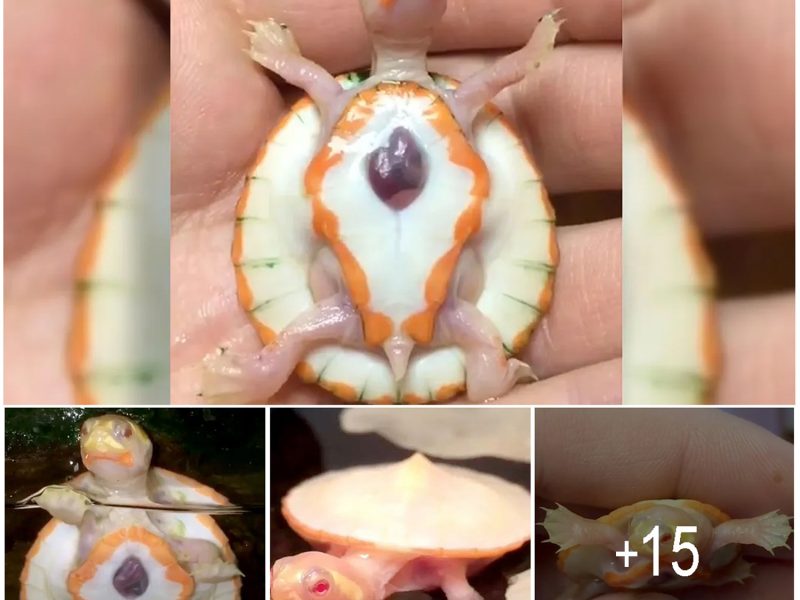If you are into Goth, love Dracula and other horror movies, you will love this bird. It looks like it was released by mistake from some movie studio specialized in horror flicks, but it’s a cute and friendly bird.
They do exist; the Dracula Parrot is a parrot that only Count Dracula himself would have chosen as a pet. This mysterious-looking, slightly terrifying birds, sometimes known as Pesquet’s parrots, are hard to forget once you encounter one!
They would appear well at home in any Transylvanian castle, with their dark black feathers contrasted against scarlet plumage. The truth is that these birds are neither bloodthirsty nor as frightening as they appear.
You’ll have to travel to New Guinea to see the Pesquet’s parrot because they’re only found there. They are giant birds, weighing roughly 26 oz and measuring 20 inches in length.
Male parrots may be identified from females by the red patches seen behind their ears, and they are most commonly seen in the New Guinea mountains. They are vulnerable to predators because they move by jumping.
Unfortunately, the Pesquet’s parrot population is declining due to poaching and loss of territory to humans.
Scroll on down to learn more about these amazing birds and see the awesome photos and videos we have prepared for you:
1. The Pesquet’s parrot is a highly specialized frugivore and eats only a few types of figs.

The Pesquet’s parrot is a highly specialized frugivore and eats only a few types of figs. When the food is scarce, it can sometimes feed on flowers and nectar.
It is seasonally nomadic, at least in sections of its range, in response to the availability of fruits. The Pesquet’s Parrot is one of three parrots with bare (featherless) faces.
It is thought it has evolved this way to avoid feathers becoming matted with the fruit pulp the parrot feeds on. It can be found at elevations between 1968-4920 ft.
It is occasionally recorded in lowlands but mainly restricted to the hill and lower montane forests. In the wild, little is known about its breeding behavior.
It usually lays two eggs in a big, hollow tree nest. The incubation time is 29 days, and fledging age is 12 weeks.
The breeding season lasts from February to May. Pesquet’s Parrots are usually seen in pairs or groups of up to 20 birds.
It alternates between quick flapping and short glides when flying, and spends most its time perched at the top of the canopies.
2. It usually lays two eggs in a big, hollow tree nest.

3. It alternates between quick flapping and short glides when flying.

4. It’s usually seen in pairs or groups of up to 20 birds.

5. Watch these birds on video:
Its call can be described as harsh and rasping; also described as growling. According to ornithologists, there are only about 20 thousand ‘Dracula’ pairs in New Guinea currently.
It is evaluated as Vulnerable on the IUCN Red List of Threatened Species. The reasons for it are:
- Its feathers are highly prized.
- Alive birds have high prices in aviculture.
- It is continuously losing habitat to humans.
We hope that the situation will improve for these amazing birds.

